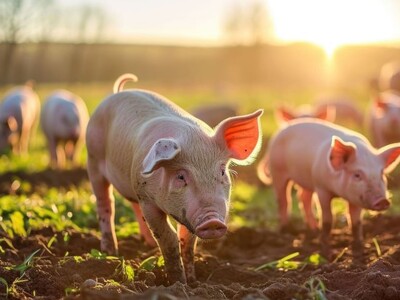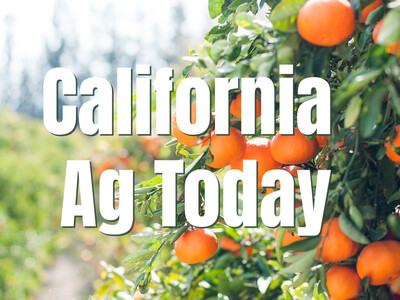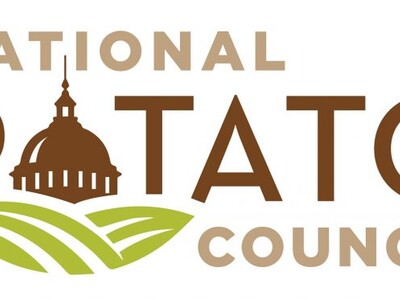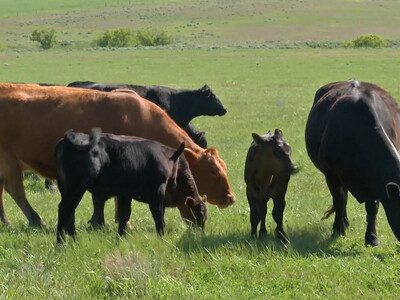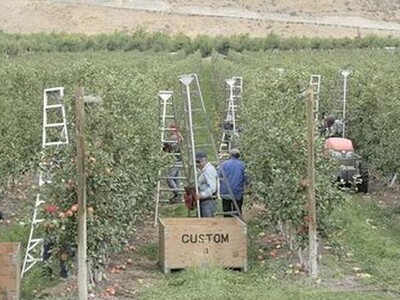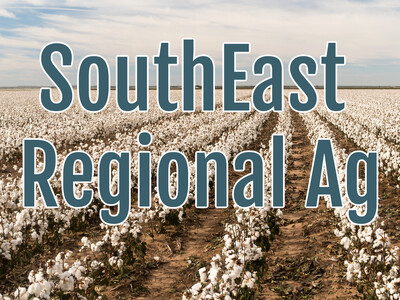Contagious Pollinators
In a conversation with Peter Graystock, a postdoctoral researcher in the Department of Entomology at the University of California, Riverside, Dr. Graystock told me: “With some 20,000 bee species, it is a surprise that only recently has research in pollinator health considered the interactions between bee species. The findings of his research team may ultimately affect the national and international trade of flowers unless sterilization of parasites on these flowers can be guaranteed. Otherwise flower movements may also be moving pollinator parasites to new territories.” Here is why: “Flowers are hotspots for parasite spread between and within pollinator populations. Both the flower and bee species play a role in how likely parasite dispersal will occur. We found that not only can bees disperse parasites around the environment but also that flowers are platforms for a host of pollinator parasites subsequently dispersed onto visiting bees.“By showing that visits from parasite-carrying bees can turn flowers into parasite platforms, we can say that it is likely that heavily visited flowers may become more ‘dirty’ with bee parasites,” said Graystock, the research paper’s first author. “Planting more flowers would provide bees with more options, and parasite spread may thus be reduced.”
Next, Graystock wants to examine how flowers may also be hubs for transmitting not just parasites but also potentially beneficial microbes.






